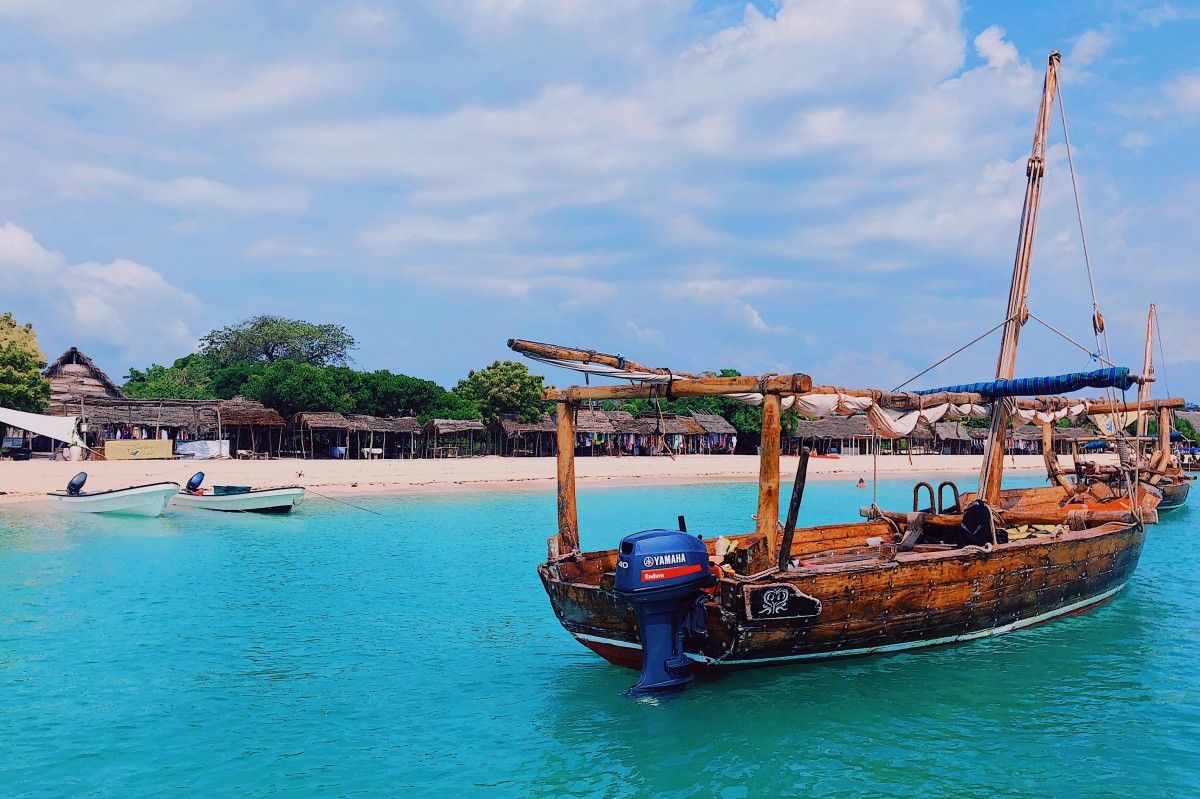
Zanzibar’s economic performance in September 2025 reflects solid recovery momentum supported by easing inflation (down to 3.5% from 3.9%), strong revenue mobilization, and an expanded current account surplus rising to USD 836.6 million (+34.7%). The external sector continued to benefit from robust tourism activity, with travel receipts jumping by 36.4% amid increased arrivals (+28.2%). Development expenditure dominated the TZS 420.1 billion budget (60%), signaling strategic investment in infrastructure and social services, while strong domestic financing (78.4% coverage) reinforced fiscal sustainability. Exports grew significantly to USD 1,473.9 million (+27.3%), driven overwhelmingly by services, despite a sharp 76% fall in clove exports due to seasonal cycles. Imports also rose moderately (+18.9%) to USD 658.4 million, largely reflecting higher capital goods inflows (+84.7%), indicating continued investment activity. Overall, Zanzibar’s growth remains anchored in tourism, supported by stable price trends, improved fiscal discipline, and strong external sector performance—though diversification remains essential to reduce vulnerability to single-sector shocks.
Zanzibar’s economy showed moderate improvement supported mainly by:
Headline Inflation (Year ending September 2025)
| Indicator | Earlier (2024) | Sept 2025 | Trend |
| Headline inflation | 3.9% | 3.5% | ↓ continued easing |
| Food inflation | 4.2% | 4.1% | slightly lower |
| Non-food inflation | 3.7% | 2.9% | declined |
Source: Inflation table under Zanzibar section
Notes
Expenditure — September 2025
| Component | Amount (TZS Billion) | Share/Notes |
| Total expenditure | 420.1 | — |
| Recurrent expenditure | 170.0 | ~40% |
| Development expenditure | 250.1 | ~60% |
| Domestic financing contribution | 78.4% | strong domestic support |
| Deficit | 180.0 | financed via domestic borrowing |
Source: Government operations chart and narrative
Interpretation
Key Indicators
| Item | 2024 (USD million) | 2025 (USD million) | % Change |
| Current account surplus | 621.2 | 836.6 | +34.7% |
| Exports of goods & services | 1,157.7 | 1,473.9 | +27.3% |
| Imports of goods & services | 553.9 | 658.4 | +18.9% |
Drivers of Improvement
Higher tourism receipts (+36.4%)
Increased arrivals (885,385 visitors, +28.2%)
Stronger exports of services
Exports of Goods and Services (Year ending September 2025)
| Component | 2024 | 2025 | remarks |
| Total exports | USD 1,157.7m | USD 1,473.9m | Strong growth |
| Travel receipts | — | USD 1,503.9m | Key driver (tourism) |
| Clove exports | USD 26.3m* | USD 6.3m | Declined 76% |
* previous value referenced from narrative (crop cycle impact)
Tourism was the standout performer.
Imports of Goods and Services
| Component | 2024 | 2025 | % Change |
| Total imports | USD 553.9m | USD 658.4m | +18.9% |
| Capital goods | — | USD 73.6m | +84.7% |
| Consumer goods | — | increased | driven by non-industrial transport equipment |
| Indicator | 2024 | 2025 | Trend |
| Headline inflation | 3.9% | 3.5% | ↓ improving |
| Food inflation | 4.2% | 4.1% | stable |
| Non-food inflation | 3.7% | 2.9% | ↓ falling |
| Government expenditure | TZS 420.1 bn | — | sustained |
| Development expenditure | TZS 250.1 bn | — | dominant |
| Current account surplus | USD 621.2m | USD 836.6m | ↑ strong |
| Exports | USD 1,157.7m | USD 1,473.9m | ↑ strong |
| Imports | USD 553.9m | USD 658.4m | ↑ moderate |
| Tourism receipts | USD 1,503.9m | +36.4% | leading sector |
Zanzibar's economic indicators for September 2025, as outlined in Section 3.0 (Economic Performance in Zanzibar) of the Bank of Tanzania's (BOT) Monthly Economic Review (October 2025), depict a resilient semi-autonomous economy buoyed by tourism recovery and fiscal discipline. Headline inflation eased to 3.5% (from 3.9% in 2024), budgetary operations showed strong development focus (TZS 250.1 billion, 60% of total TZS 420.1 billion expenditure), and the external sector expanded with a USD 836.6 million current account (CA) surplus (+34.7% y/y), driven by travel receipts (USD 1,503.9 million, +36.4%). This performance mirrors mainland trends—6.3% Q2 GDP growth, 3.4% inflation—but highlights Zanzibar's tourism dependence amid clove export declines (-76%). Below, I analyze implications across core areas, drawing synergies with national dynamics like shilling appreciation (+9.4% y/y) and accommodative policy (CBR 5.75%).
1. Inflation Developments: Broad-Based Easing Supports Household Stability
2. Government Budgetary Operations: Development-Led Fiscal Expansion
3. External Sector Performance: Tourism-Fueled Surplus Amid Import Pressures
4. Interlinkages: Tourism as Growth Anchor with National Spillovers
5. Macroeconomic Context from the Review
| Indicator | 2024 Value | 2025 Value (Sep YE) | % Change | Economic Implication |
| Headline Inflation | 3.9% | 3.5% | ↓ 0.4 pp | Eases cost pressures; supports tourism spending. |
| Food Inflation | 4.2% | 4.1% | ↓ 0.1 pp | Supply improvements buffer imports; stable vs. mainland 7.0%. |
| Non-Food Inflation | 3.7% | 2.9% | ↓ 0.8 pp | Service declines aid affordability; ties to shilling strength. |
| Total Expenditure | — | TZS 420.1B | — | Capital focus (60%) drives infra; domestic financing 78.4%. |
| Development Exp | — | TZS 250.1B | — | Boosts growth enablers like tourism assets. |
| CA Surplus | USD 621.2M | USD 836.6M | +34.7% | FX buffer; finances deficit without external strain. |
| Exports | USD 1,157.7M | USD 1,473.9M | +27.3% | Tourism-led (+36.4%); offsets clove -76%. |
| Imports | USD 553.9M | USD 658.4M | +18.9% | Capital goods +84.7% signals investment; moderate risk to surplus. |
| Tourism Receipts | — | USD 1,503.9M | +36.4% | Core driver; +28.2% arrivals enhance resilience. |
In conclusion, September 2025's data imply a tourism-propelled Zanzibar economy with stabilizing prices and external strength, complementing national momentum for balanced union growth. While development spending and surplus signal sustainability, mitigating tourism/clove risks through diversification is vital for enduring resilience amid global headwinds.